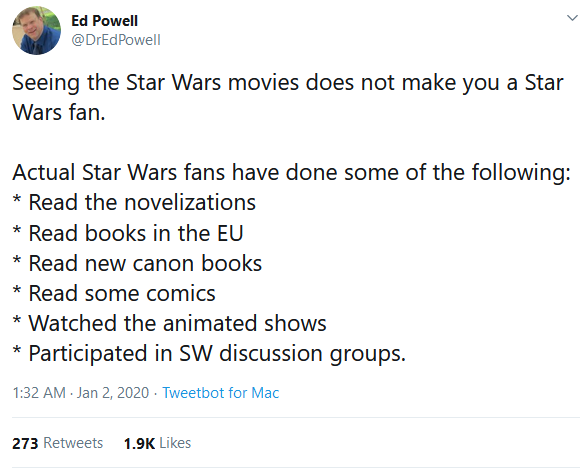
A few years ago I wrote about incorporating sign linguistics when I taught Introduction to Linguistics at Saint John’s University. The other course I taught most often was Introduction to Phonology. This course was required for our majors in Speech Pathology and Audiology, and they often filled up the class.








